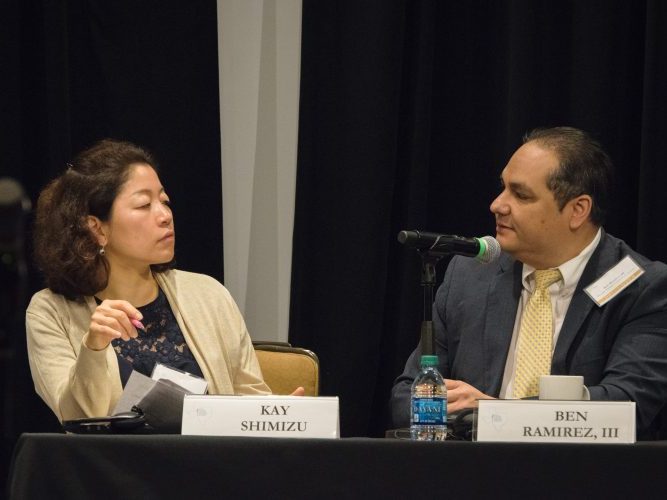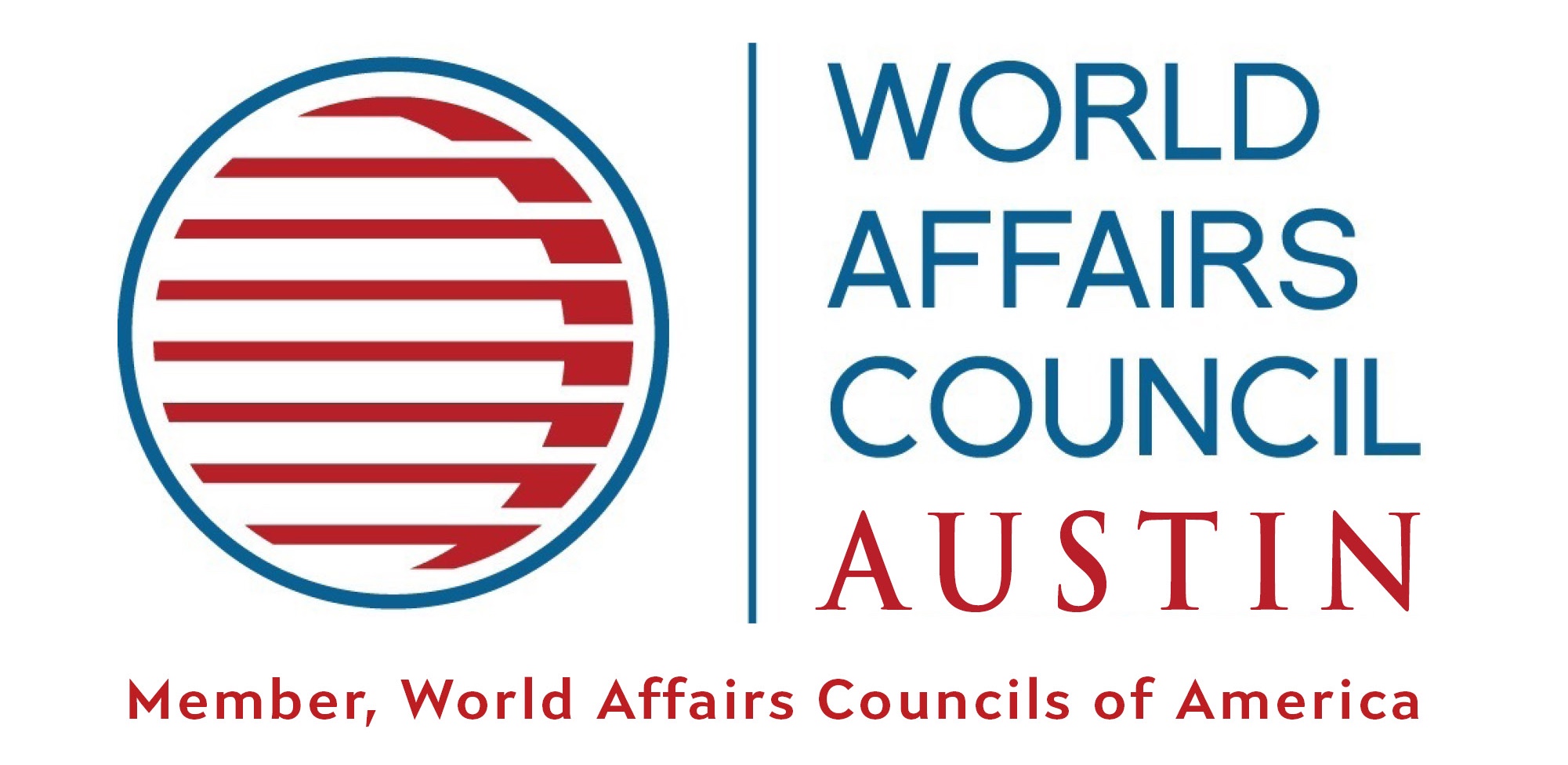Austin, Texas: A Case Study in Managing Competitive Crises
By Raye Elizabeth Ward
Three things are clear about the future: technology will determine competitiveness; talent comes in all colors, nationalities and genders; and the problems are too big, too complex to solve in isolation.
The annual CULCON Symposium on U.S.-Japan Collaboration was held in Austin last week, the site where 30 years ago a rallying cry of “make America great again,” created SEMATECH, now a model of how government, industry and academic institutions can work together to manage competitive crises.

Today Japan, nestled precariously between North Korea and China, is doing something similar, boosting its competitiveness in science and technology by expanding university-industry partnerships and building a more inclusive work force.
Who owns the future? The electromagnetic spectrum and 5G
Bursts of “make Japan great again” thinking punctuated the session. In what was apparently a last minute change to his presentation, cybersecurity expert Dr. Motohiro Tsuchiya, pointed out that the United States owns Japan’s electromagnetic spectrum, the highway for next-generation 5G mobile technology, the internet of things (IoT), as well as x-rays, gamma rays and radio waves.

Thirty years ago, who would have thought something called the “electromagnetic spectrum” would become so essential to a single country’s competitiveness? But 5G technology has vast implications for not just cellphone upgrades, but but for medicine, business and national security. Case in point: Russia recently signed an agreement to allow Huawei, a lightening rod in the U.S.-China trade war, to develop the country’s next-generation wireless network, but since the Russian military owns their electromagnetic spectrum, there could be blips in its implementation.
This world and then the next
Dr. Takashi Tanaka, an expert in machine learning at the University of Texas and like the other panelists a product of international collaboration, pointed out that rocket technology can also be applied to missiles, a critical capability for an island nation with testy neighbors.

Proprietary rights in space? Dr. Moriba Jah, an expert on Space Domain Awareness, brought up the ever-controversial Elon Musk’s launch of 60 Starlink satellites into the crowded night sky, the first of a proposed fleet of 12,000 designated to provide global internet coverage.
Funding and talent
Innovation is all about funding and talent, which implies a partnership between the public and private sectors. The U.S. Department of Defense’s Defense Advanced Research Projects Agency (DARPA) provided the seed money for SEMATECH. The National Science Foundation funds emerging sectors like artificial intelligence where American leadership is increasingly challenged. Japan, a global leader in robotics, is stepping up its investment in other sectors as well.
“Last year (2018), the Council for Science, Technology and Innovation, the government’s science advisory body, announced a 7% rise in spending on science and technology (to 3.84 trillion yen), after years of stagnant funding. The government is considering another 100 billion yen for the upcoming fiscal year to pay for exploratory research aimed at achieving what The Mainichi newspaper calls “moonshot” results. The government is on track to hit a goal of spending 1% of GDP on science and technology in higher education by 2020.”
David Swinbanks, Nature, Nature 567, S9-S11 (2019)
Talent is increasingly collaborative. The CULCON panelists referenced cultural barriers in Japanese universities that inhibit the collaboration, from silo-ed departments to paying research assistants. But then again, perhaps the group’s of Austin as a meeting site was significant. The city is a case history in how a single successful experiment in public-private collaboration, SEMATECH, spawned a vital tech hub that continues to attract jobs and talent.
Stumbling from failure to failure with no loss of enthusiasm
I shared Churchill’s quote with my seatmate, Mr. Naoyuki Agawa, who asked a bedrock question of Austin’s assistant city manager, Ray Arellano: What do you say to people who have failed? Mr. Agawa teaches American constitutional law at Doshisha University in Kyoto, following a long career practicing law in New York and Washington and a stint as Japan’s Minister for Public Affairs.
His point was well taken. Without role models, without examples, without encouragement and social and financial support, failure is a hopeless quagmire.
I said I could do it, and I did it

Eureka! Beamed into the panel discussion on space technology was a Texas success story. Mykaela Dunn, a native of tiny Stafford, Texas and a recent aerospace engineering graduate from the University of Texas, has just started her internship in the California-based Stealth Space Company, courtesy of a Brooke Owens fellowship. Dunn encouraged the audience to consider more than grade point averages (GPAs) in evaluating talent, mentioning that she had to remind herself to do the same.
Well done, Mykaela!
